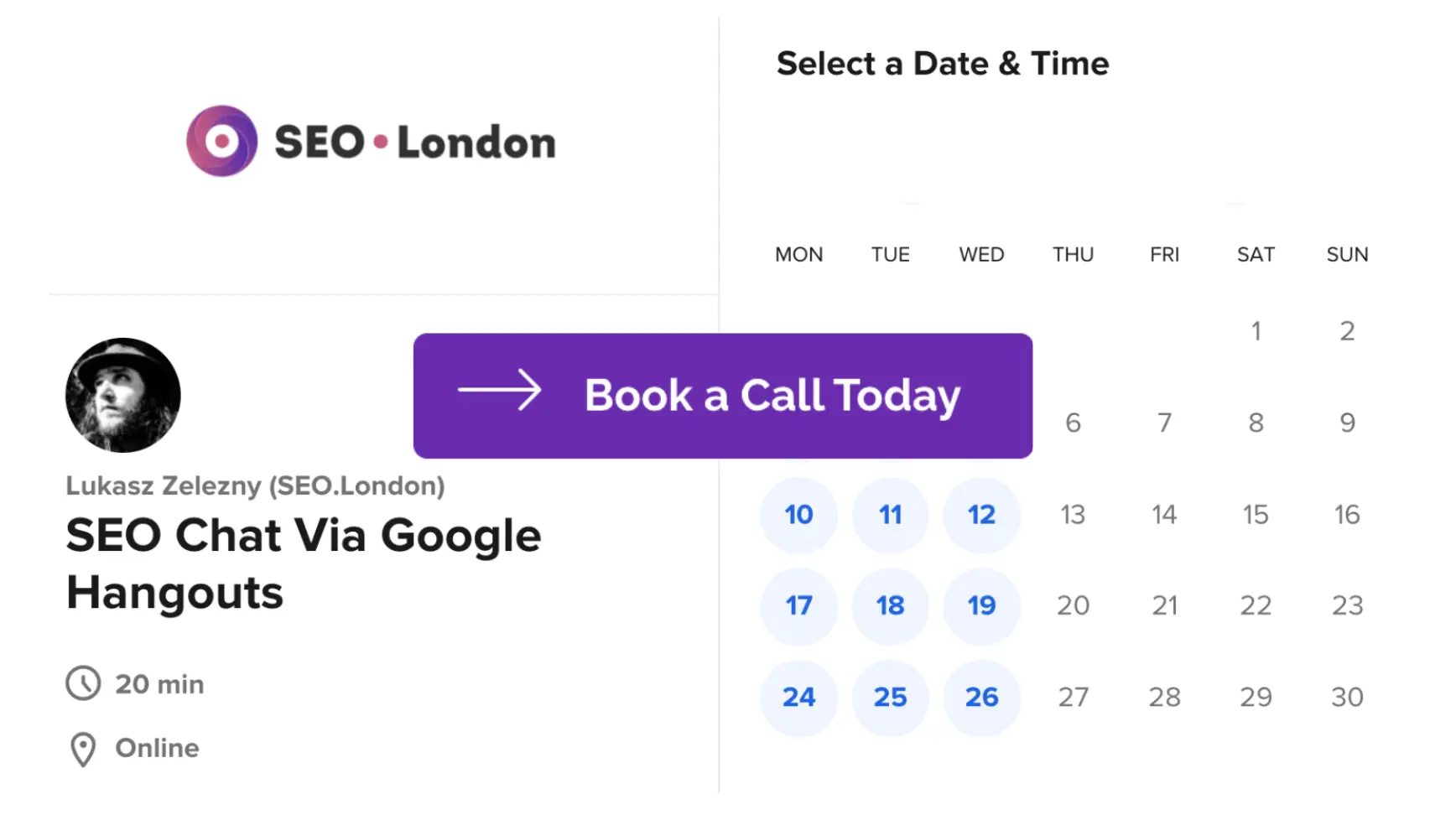Mida on Nofollow
Mis on Nofollow SEO teadmistebaasi veebisaidi jaoks?
Nofollow on HTML atribuut, mida kasutatakse hüperlinkides, et anda juhiseid otsing mootorid ei tohi läbida ühtegi link omakapitali või pingerea mõju viitava lehe ja lingitud lehe vahel. Selle võtsid 2005. aastal kasutusele suuremad otsingumootorid, sealhulgas Google, et võidelda spammy linkide loomine tavad ja säilitada otsingumootori tulemuselehtede (SERP) terviklikkus.
Kui veebisaidi omanik lisab hüperlingile atribuudi rel=\"nofollow\", siis on see sisuliselt signaalid otsingumootorite otsingumootorite otsingumootorid ignoreerivad seda konkreetset linki lingitud lehekülje järjestuse ja asjakohasuse määramisel. Teisisõnu, nofollow lingid do ei aita kaasa vastuvõtva lehekülje\'ile asutusega mõjuta selle nähtavust otsingus.
Nofollow-linkide kasutamise peamine eesmärk on vältida linkide kuritarvitamist, mille eesmärk on manipuleerida otsingumootorite edetabelit. Otsingumootorid peavad loomulikke, orgaanilisi linke ühe veebisaidi usaldusavalduseks teisele veebisaidile. Mõned üksikisikud või ettevõtted võivad siiski kasutada ebaeetilisi tavasid, näiteks osta või vahetada linke, et kunstlikult tõsta oma veebisaidi positsiooni. Selle vastu võitlemiseks võeti kasutusele nofollow, mis on viis selliste linkide tuvastamiseks ja vähendamiseks.
Suurendage oma veebipositsiooni koos Lukasz Zeleznyga, SEO-konsultandiga, kellel on üle 20 aasta kogemust - leppige kokku kohtumine kohe.

Nofollow linke saab rakendada mitmel viisil. Üks levinud lähenemisviis on lisada HTML-keeles atribuut rel=\"nofollow\". ankur silt. Näiteks tüüpiline nofollow atribuudiga hüperlink näeb välja järgmiselt:
Oluline on märkida, et nofollow-linkide puhul on kasutajatel endiselt võimalik navigeerida lingitud lehele, kui nad klõpsavad nendele linkidele. See atribuut mõjutab ainult otsingumootori robotite käitumist ja nende tõlgendust lingi tähtsusest.
Alates SEO seisukohast on oluline mõista, millal ja kus kasutada nofollow linke. Kuigi nofollow-linkid ei aita otseselt kaasa veebisaidi otsinguportaalile, on neil teatud kontekstis siiski väärtust. Näiteks kui veebisaidil on kasutaja loodud veebilehti. sisu, näiteks kommentaarides või foorumipostitustes, võib nofollow linkide kasutamine olla kasulik, et vältida rämpsposti või madala kvaliteediga linkide levikut.
Lisaks sellele, kui linkideks on välised allikad, mis ei ole tingimata kinnitatud või seotud teie veebisaidi sisuga, aitab nofollow atribuudi kasutamine otsingumootoritel mõista, et link ei ole kinnitus või usaldushääletus. See tava on eriti oluline sponsoreeritud sisu või reklaami puhul, kus eesmärk on pigem anda teavet kui anda autoriteeti.
Tasub mainida, et kuigi nofollow lingid ei mõjuta otseselt edetabelit, võivad nad siiski kaudselt mõjutada SEO-d. jõupingutused. Näiteks võivad veebisaidid meelitada rohkem orgaanilist liiklust, luues suhteid ja saavutades nähtavuse nofollow linkide kaudu suure liiklusega platvormidel. Lisaks sellele, kuigi nofollow lingid ei anna edasi linkide mahla, võivad nad siiski aidata kaasa mitmekülgsele ja loomulikule tagasisideprofiilile, mis on oluline pingerea tegur.
Kokkuvõttes on nofollow HTML-atribuut, mida kasutatakse selleks, et anda otsingumootoritele korraldus mitte arvestada teatud linki edetabelis. Rakendades atribuuti rel=\"nofollow\", saavad veebisaidi omanikud näidata otsingumootorite otsingumootoritele, et link ei tohiks anda edasi mingit linkide väärtust ega mõjutada järjestust. Nofollow-linkidel on oluline roll otsingumootorite tulemuste lehekülgede terviklikkuse säilitamisel, spämmivate linkide loomise vältimisel ja suurema kontrolli tagamisel. väljaminev lingid. Kuigi need ei pruugi otseselt mõjutada otsingupingeridu, on efektiivse SEO jaoks oluline mõista, millal ja kuidas kasutada nofollow linke. strateegiad.



